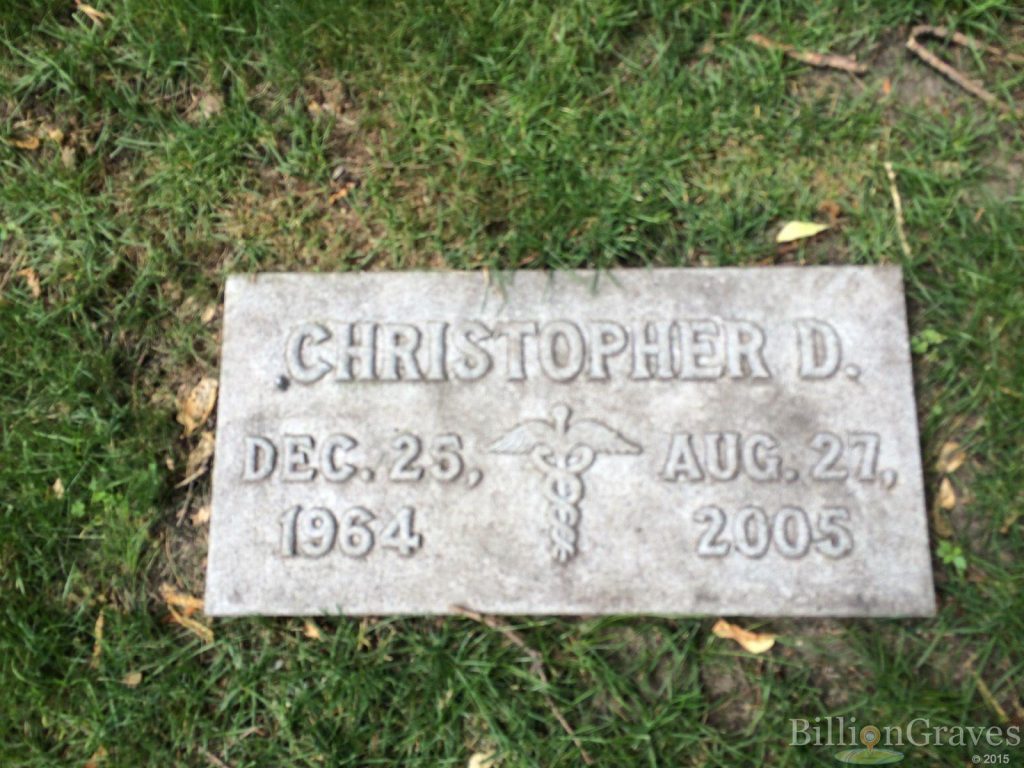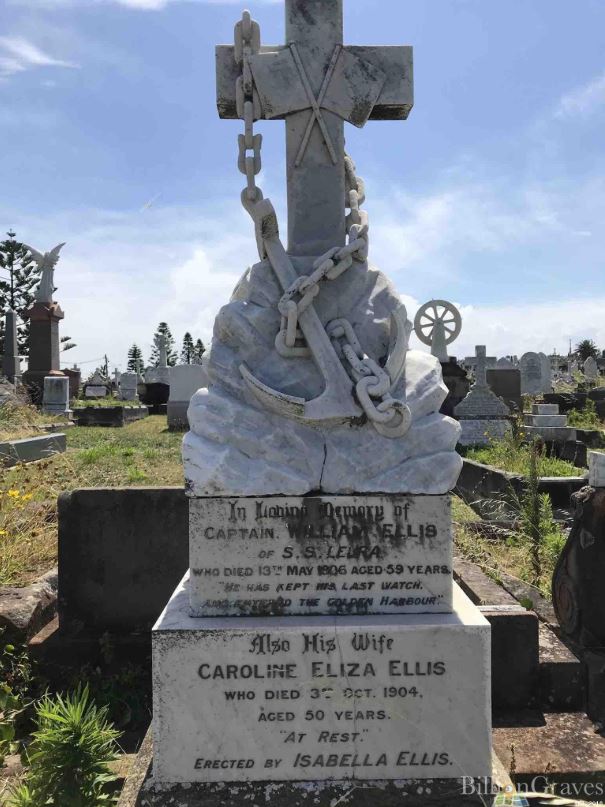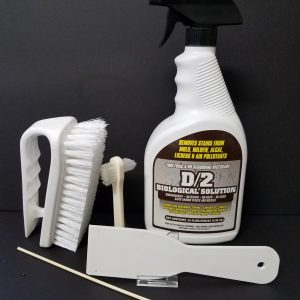Occupational gravestones can help you discover the story of your ancestor’s life. It’s the dash between the dates!
As family historians, most of us look for gravestones to find birth and death dates to add to our family trees. What a pleasant surprise when we come across an occupational gravestone with pictures, sculptures, or symbols!
Occupations are something most people think about from the time they are children. In fact a common question that children are asked is, “What do you want to be when you grow up?”
Occupations often define who we feel we really are. When someone asks in conversation, “Tell me about yourself?”, it is our occupation that often plays a major part in the answer.

A child’s hand-clapping rhyme about occupations goes like this:
Tinker, tailor, soldier, sailor,
Rich man, poor man, beggar man, thief,
Doctor, baker, fine shoe-maker,
Wise man, madman, taxman, please,
How can I know just what to be?
How many people do I help,
Just by sitting on the shelf?
Who’s gonna tell me what to do,
So they will say that I am true?
Perhaps I’ll come to great success,
Or possibly a dreadful mess.
Thinking about an occupation as a child, and then spending most of a lifetime doing it, makes it logical that our ancestor may end up marking their gravestone with their occupation.
Occupational Gravestones #1: Farmer
One of my ancestors, a great-uncle, was a 4th generation dairy farmer. He rose at dawn and headed to the barn. It took him about one hour to milk six cows by hand. So a small herd of 25 cows took him more than 4 hours to milk.
Then he had lunch, did some work with his crops in the fields, and headed back to the barn for 4 more hours of milking. Repeat day after day for more than 40 years. Needless to say, he had very rough labor-toughened hands!
Eventually, the farm added hired workers. Then when milking equipment was invented, it was certainly a welcome addition! That allowed 100 cows to be milked in an hour, but they all still had to be hooked up to the milking machine by hand.
To say that his occupation was a big part of his life is huge understatement!

Most farmers must feel this way because across the world many gravestones have images of family farms on them.

Each farm gravestone etching is usually unique, with that farm’s house, barns, woodlots, crop fields, silos, and animals.
Finding your farming ancestor’s gravestone could give you an idea of where the family lived and worked for generations.
Occupational Gravestones #2: Firefighter

The occupational gravestone or grave marker for a firefighter is likely to be shaped like a Maltese cross. This cross evolved from one worn by the Knights of Malta, the soldiers responsible for protecting caravans of travelers who were on religious pilgrimages to the Holy Land during the 11th century.
The area was dangerous and many were still injured, so The Knights of Malta also established a hospital in Jerusalem to care for pilgrims of any origin or religious faith. Their motto was “Tuitio Fidei et Obsequium Pauperum” – nurturing, witnessing, and protecting the faith, while serving the poor and the sick.
According to legends, when travelers to the Holy Lands were attacked by local people with what might now be called firebombs, the Knights of Malta rushed in to rescue them from the flames. And so they became the forerunners of the modern-day “firemen”.
Occupational Gravestones #3: Doctor

The symbol on this gravestone is representative of the medical field. We see the symbol on doctor’s lab coats, pharmaceutical packaging, hospital logos, and the like. The person buried here is likely a physician.
But the deeper question is “Why is a pair of snakes wrapped around a pole with wings on top the common symbol for healing?” Snakes are often feared and snake bites are usually harmful, and so serpents seem ill-fitting as the symbol of the medical profession. The answer to this dilemma varies depending on who you ask. I’ll present three ideas, then you can take your pick!
Theory #1

The symbol is based on The Rod of Asclepius, a pole with one serpent coiled around it. Asclepius was the god of medicine in Greek mythology, son of Apollo. Some believe that Asclepius was not only a myth but an actual person who was gifted in the art of healing with plants and herbs.
In ancient Greece, snakes were considered sacred and they were used in healing rituals. Non-venomous snakes were set loose to slither around sick and injured patients as they rested on temple grounds. The snake’s skin-shedding was seen as a symbol of rebirth and renewal.
The pole or staff represents the walking stick that physicians used as they walked great distances to treat the afflicted.
Theory #2

The symbol, known as a cadudeus, has two snakes around a pole with wings on the top. It is based on a staff carried by Hermes, another Greek mythological god. Hermes was the patron god of mobile commerce or in other words, the god of the traveling salesman.
Hermes was the patron god of travelers because he traveled back and forth as the appointed messenger between the gods in the heavens and the humans on earth. The wings on top represent Hermes’ flight between the heavens and the earth.
The staff represented a traveler’s walking stick. According to legend, Hermes once used the stick to separate two fighting snakes. The snakes coiled around the staff in balanced harmony.
So how did the symbol for the traveling salesman become a symbol for medicine? At first, it was done through a mistake made on US Army uniform insignia in the 1850s. And then it was officially retained as a medical symbol by 1902 because it was fancier and looked nicer than the Rod of Aclepius.
Theory #3

More than 1,000 years before this Greek mythology was recorded, the Biblical prophet Moses used a serpent on a pole during an act of healing.
Moses had a staff that was used during several miraculous events. He raised it while parting the Red Sea so the Israelites could cross over on dry ground. He used it to tap a rock in the wilderness to bring forth much-needed water.
When the Israelites were being bitten by venomous snakes and dying, God provided a way for them to live.
Numbers 21: 8-9 reads, “Then the LORD said to Moses, ‘Make a fiery serpent, and set it on a pole; and it shall be that everyone who is bitten, when he looks at it, shall live.’ So Moses made a bronze serpent, and put it on a pole; and so it was, if a serpent had bitten anyone, when he looked at the bronze serpent, he lived.”
I think it would take a lot of faith to look up if there were poisonous snakes milling around my feet!
Jesus Christ later said that act was a symbol of His atonement, as recorded in John 3:14-16: “As Moses lifted up the serpent in the wilderness, even so must the Son of Man be lifted up, that whoever believes in Him should not perish but have eternal life. For God so loved the world that He gave His only begotten Son, that whoever believes in Him should not perish but have everlasting life.”
No matter which theory you have chosen to believe, it remains that the snake and the staff have become symbols for the restoration of physical health.
Occupational Gravestones #4: Menagerist

What is a menagerist, you ask? One who forms, owns, or exhibits a collection of wild animals. Oh, of course. A menagerie of animals. You knew that, right?
George Wombwell was born in Essex, England in 1777 and in his twenties he became a shoemaker. Wombwell must have longed for more excitement than pounding out leather, because when a ship came into port from South America carrying two boa constrictors, George bought them both and began displaying them in taverns for a fee.
As more ships arrived from around the world with exotic animals, Wombwell bought one after another. There were giraffes, elephants, 6 lions, monkeys, panthers, a rhino, an ocelot, monkey, 3 tigers, wildcats, zebras, llamas, a gorilla, a hyena, kangaroo, and leopards.
In 1810, he established Wombwell’s Travelling Managerie and took to the road to exhibit in England’s fairs. By 1839 he had acquired fifteen wagons and a brass band.
Wombwell bred and raised the first lion in captivity. Eventually, his show expanded to include three menageries which often joined up with traveling circuses. Wombwell was even invited to display his animals for Queen Victoria three times.
George Wombwell died in 1850 and was buried at Highgate Cemetery in London under a statue of his lion, Nero.
Occupational Gravestones #5: Author

Jeremy James Anthony Gibson-Beadle (1948 – 2008) was an author, English television and radio presenter, and producer. As a youth, he was kicked out of school repeatedly for conducting wild pranks.
It has been said that he introduced himself as Jeremy James Anthony Gibson-Beadlebum: “Jeremy James Anthony Gibson-Beadle is my name and a bum is what I am.” (source)
Some of the unusual aspects of Beadle’s profession included:
- writing questions for radio and TV game shows, such as Celebrity Squares
- authoring many books with one of the most popular titled, The Amazing True Stories of Execution Blunders
- producing a TV series called Eureka, which told the background behind everyday inventions
- presenting BBC’s longest-running hidden-camera style practical joke show, Beadle’s About
- producing a family show featuring humorous clips from viewers’ home video recordings
- circus ringmaster and pantomime actor
- writing a daily cartoon show
- fund-raising more than £100 million for charities, including a children’s leukemia foundation
Occupational Gravestones #6: Sailor

“In loving memory of Captain William Ellis of S.S. Leura . . . He kept his last watch and entered the golden harbor.”
This is the gravestone of Captain William Ellis. Ellis spent most of his life aboard a ship, starting his career aboard the Cossiterides at the age of 13.
Ellis had a remarkable experience aboard the Cossiterides. When the crew was bound from Newcastle, Australia to Manila, Phillippines a hurricane struck and the ship not only lost its mast but also sprang a leak. For ten days, all hands were kept at the bilge pumps. Finally, a Man-of-War ship took the vessel in tow and ferried her to safety in the Manila Harbor.
To learn more about Australian gravestone symbols, click HERE.
Click HERE to see another sailor’s gravestone on the BillionGraves website.
Occupational Gravestones #7: Concert Pianist

This marble piano is the gravestone of Harry Thornton, a concert pianist. He and his wife entertained troops during the First World War. Thornton died during the 1918 flu epidemic and is buried at Highgate Cemetery in London, England.
The epitaph on the side of the piano reads, “Sweet thou art sleeping; cradled on my heart; safe in God’s keeping; while I must weep apart.”
Occupational Gravestones #8: Baseball Player

Baseball legend Babe Ruth is buried at Gate of Heaven Cemetery in Hawthorne, New York, marked with a granite monument depicting Jesus blessing a little boy in a baseball uniform.
Ruth’s childhood dream of playing baseball started at age 7, when George Herman “Babe” Ruth Jr. was sent to a reform school, St. Mary’s Industrial School for Boys. The school’s disciplinarian was also a capable baseball player and he helped mentor young Babe Ruth.
Eventually, Ruth became an American professional baseball player with a career in Major League Baseball that spanned 22 seasons, between 1914 and 1935. He was best known for hitting 714 home-runs over the course of his baseball career!
Yankee fans still make their way to Ruth’s final resting place to pay tribute to him by leaving a baseball, a bat, or flowers. In fact, when caretakers see people with Yankee caps wandering about the cemetery, they know right away which direction to point them in.
Occupational Gravestones #9: Snakecatcher
Harry “Brusher” Mills (1840 – 1905) lived a hermit’s life in the New Forest, Hampshire, England and made his living as a snake-catcher. Photo Source
About the age of 40, Mills took up residence in the woods in an old charcoal manufacturer’s hut. Finding that his neighbors had a problem with snakes, he started a profitable enterprise with nothing more than a sack and a forked stick.
It is estimated that Mills caught tens of thousands of snakes during his lifetime. Many of them went to the London Zoo as food for the birds of prey and snake-eating snakes.
When a national newspaper ran an article about Mills’ snake-catching profession, people began coming from far and wide to have their pictures taken with him and to listen to his stories. Mills turned this into an opportunity to advance his career as well by selling snake skeletons and snake potions to tourists as souvenirs.
Mills died homeless, but loved by his community. Locals paid for a marble headstone for his final resting place in the St. Nicholas churchyard at Brockenhurst. Mills’ occupational gravestone features him dressed in his typical wide-brimmed hat holding a stick covered in snakes.
Mills was also recognized by the community when The Railway Inn, where he was a regular customer, was renamed The SnakeCatcher in his honor.
Obscure Occupational Terms from A-Z
You may come across an obscure occupational term on the your ancestor’s gravestone. Here are some of the meanings behind the mystery.
- APOTHECARY – mixed and sold medicine; pharmacist
- BLOODLETTER – used leeches for letting blood to cure for ailments
- COOPER – maker of barrels
- DRUMMER – traveling salesman
- EYER or HOLER – one who made eyes in needles used for sewing
- FORGER – blacksmith at a forge
- GIRDLER – leatherworker who made girdles and belts
- HONEY DIPPER – extracted raw sewage from catch basins and out-houses
- ICEMAN – seller or deliverer of ice
- JACK – young male assistant, sailor, or lumberjack
- KNOCKKNOBBLER – dog catcher
- LEECH or SAWBONES – physician
- MUFFIN MAN – itinerant seller of muffins
- NIGHTWALKER – watchman or bellman
- OUT CRIER – auctioneer
- PUNKY – chimney sweep
- QUILLER – one who operated a machine that wound yarn onto spools
- RATONER – rat catcher
- SEXTON – cemetery caretaker; sometimes rang church bells and dug graves
- TOWN CRIER – one who made public announcements in the streets
- UPHOLDER – upholsterer and seller of secondhand goods
- VATMAN – one who put the paper pulp into the molds in paper-making industry
- WAINWRIGHT – builder or repairer of wagons
- XYLOGRAPHER – made wooden blocks for printing illustrations
- YARDMAN – railroad yard worker
- ZINCOGRAPHER – etched patterns on zinc plates used for printing

A gravestone represents more than just a person’s birth date and death date. It is often symbolic of their life’s work, especially when marked with an occupational gravestone. It’s the dash between the two dates that is really meaningful.
I began this blog post with a poem and so I’d like to end with one . . .
The Dash
“I read of a man who stood to speak at the funeral of a friend. He referred to the dates on the tombstone from the beginning . . . to the end.
“He noted that first came the date of birth and spoke of the following date with tears, but he said what mattered most of all was the dash between those years.
“For that dash represents all the time they spent alive on earth and now only those who loved them know what that little line is worth.
“For it matters not, how much we own, the cars, the house, the cash. What matters is how we live and love and how we spend our dash.
“So think about this long and hard: are there things you’d like to change? For you never know how much time is left that still can be rearranged.
“To be less quick to anger and show appreciation more and love the people in our lives like we’ve never loved before.
“If we treat each other with respect and more often wear a smile . . . remembering that this special dash might only last a little while.
“So when your eulogy is being read, with your life’s actions to rehash, would you be proud of the things they say about how you lived your dash?” (Linda Ellis, author)
Wishing you the best “dash” ever as you search out your ancestor’s occupational gravestones!
Happy Cemetery Hopping!
Cathy Wallace
P.S. If you would like to volunteer to take gravestone photos with your smartphone click HERE to get started.
You are welcome to do this at your own convenience, no permission from us is needed. If you still have questions or concerns after you have clicked on the link to get started, you can email us at Volunteer@BillionGraves.com. We’ll be happy to help you!



